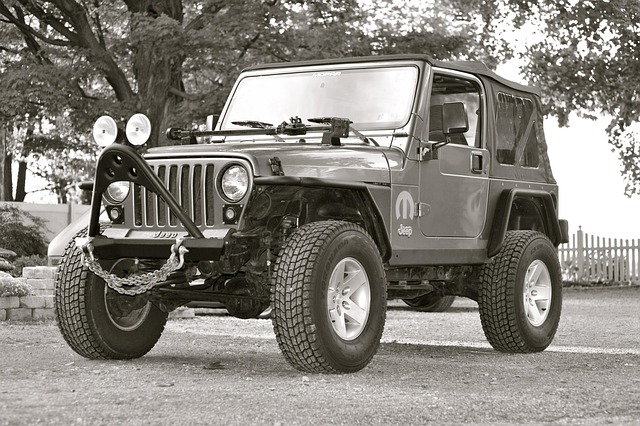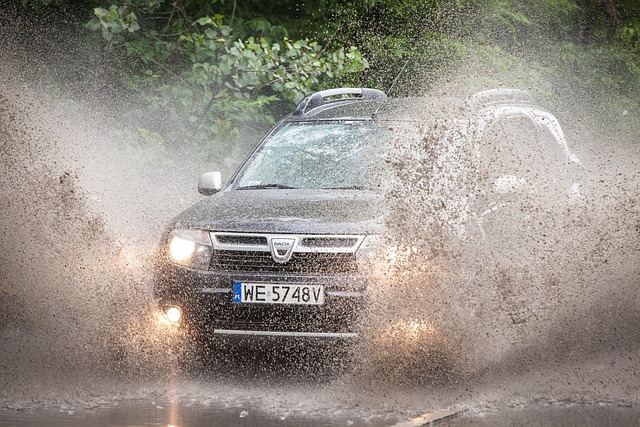RGV wheels' specialized rotors enhance performance through efficient air/fuel transport and improved cooling. Advanced rotor designs offer enhanced handling, braking, and heat management for high-speed maneuvers. Regular maintenance, including inspections, cleaning, fluid changes, and tire rotation, ensures optimal RGV wheel performance and longevity.
Rotors, a fundamental component of RGV (Recreational Go-Karting Vehicle) wheels, are often overlooked yet play a pivotal role in enhancing vehicle performance and handling. This article delves into the world of rotors, exploring their core functions, diverse designs, and impact on RGV dynamics. We’ll uncover how different rotor types contribute to speed, agility, and durability. Additionally, we provide essential maintenance tips to ensure optimal rotor life, allowing you to maximize your RGV’s potential on the track.
- Understanding Rotors: The Core Components of RGV Wheels
- Types of Rotor Designs and Their Functions
- The Role of Rotors in Vehicle Performance and Handling
- Maintenance and Care: Ensuring Optimal Rotor Life
Understanding Rotors: The Core Components of RGV Wheels

Rotors, a fundamental component of RGV (Recreational Go-Karting Vehicle) wheels, are the heart of the wheel’s structure. These rotating discs play a crucial role in providing stability and power transfer to the vehicle. Each rotor is meticulously engineered to withstand the intense forces generated during high-speed driving, ensuring a smooth and controlled ride.
The core design of RGV rotors involves precision-cut slots or spokes that not only reduce weight but also enhance cooling efficiency. This innovative feature allows for effective heat dissipation, which is vital during prolonged use on race tracks. By understanding the intricate details of rotors, RGV enthusiasts can make informed choices when customizing their wheels, ultimately optimizing performance and handling dynamics.
Types of Rotor Designs and Their Functions

Rotors, the spinning components in aircraft engines, come in various designs, each with distinct functions tailored for specific flight requirements. Among them, RGV (Rotor Groove Vehicle) wheels stand out for their specialized application. These rotors are engineered with intricate grooves that facilitate the efficient transport of air and fuel, enhancing overall engine performance.
The design choices for rotors span from traditional solid rotors to more advanced configurations like articulated or composite rotors. Solid rotors, common in many fixed-wing aircraft, offer straightforward construction and reliable performance. In contrast, articulated rotors, found in helicopters, allow for greater flexibility, enabling the rotor blades to pivot independently, thus improving maneuverability. Composite rotors combine lightweight materials with enhanced structural integrity, making them ideal for high-performance aircraft seeking a balance between weight reduction and durability.
The Role of Rotors in Vehicle Performance and Handling

Rotors, a key component of vehicles’ braking systems, play an indispensable role in enhancing vehicle performance and handling. These spinning discs are crucial for slowing down or stopping a car’s wheels, thereby enabling precise control during turns and high-speed maneuvers. The friction generated between the rotor and pad allows drivers to navigate corners confidently, improving overall stability and safety.
Moreover, advanced rotor designs, such as those incorporated into RGV wheels, offer additional benefits. Enhanced cooling capabilities ensure consistent performance under intense conditions, preventing overheating that could compromise both braking power and tire life. This feature is particularly beneficial in high-performance vehicles where rapid deceleration and aggressive cornering are common. Ultimately, the efficient heat management afforded by modern rotors contributes to improved vehicle dynamics, ensuring a smoother ride for passengers while empowering drivers with superior control.
Maintenance and Care: Ensuring Optimal Rotor Life

Maintaining rotors, especially those on high-performance vehicles equipped with RGV wheels, is paramount to ensure optimal performance and longevity. Regular inspection for signs of wear and tear is crucial; checking for uneven surface wear, cracks, or corrosion can help identify issues early. Cleaning the rotors thoroughly eliminates brake dust buildup, which not only enhances aesthetics but also allows for better cooling and efficient braking.
Proper care involves consistent use of high-quality brake fluid, adhering to manufacturer recommendations for replacement intervals, and avoiding extreme temperature fluctuations. Avoiding sudden stops and hard accelerations can reduce stress on rotors. For vehicles with RGV wheels, balancing and rotation every 5,000 to 8,000 miles is recommended to ensure even wear patterns, prolonging rotor life, and maintaining peak braking efficiency.
Rotors, the unsung heroes of RGV wheels, play a pivotal role in enhancing vehicle performance and handling. By understanding their various designs and functions, along with proper maintenance practices, you can ensure optimal rotor life. These lightweight components not only contribute to improved acceleration and braking but also form the backbone of efficient and responsive driving experiences. Incorporating the right rotors into your RGV wheels can truly revolutionise your on-road performance.
